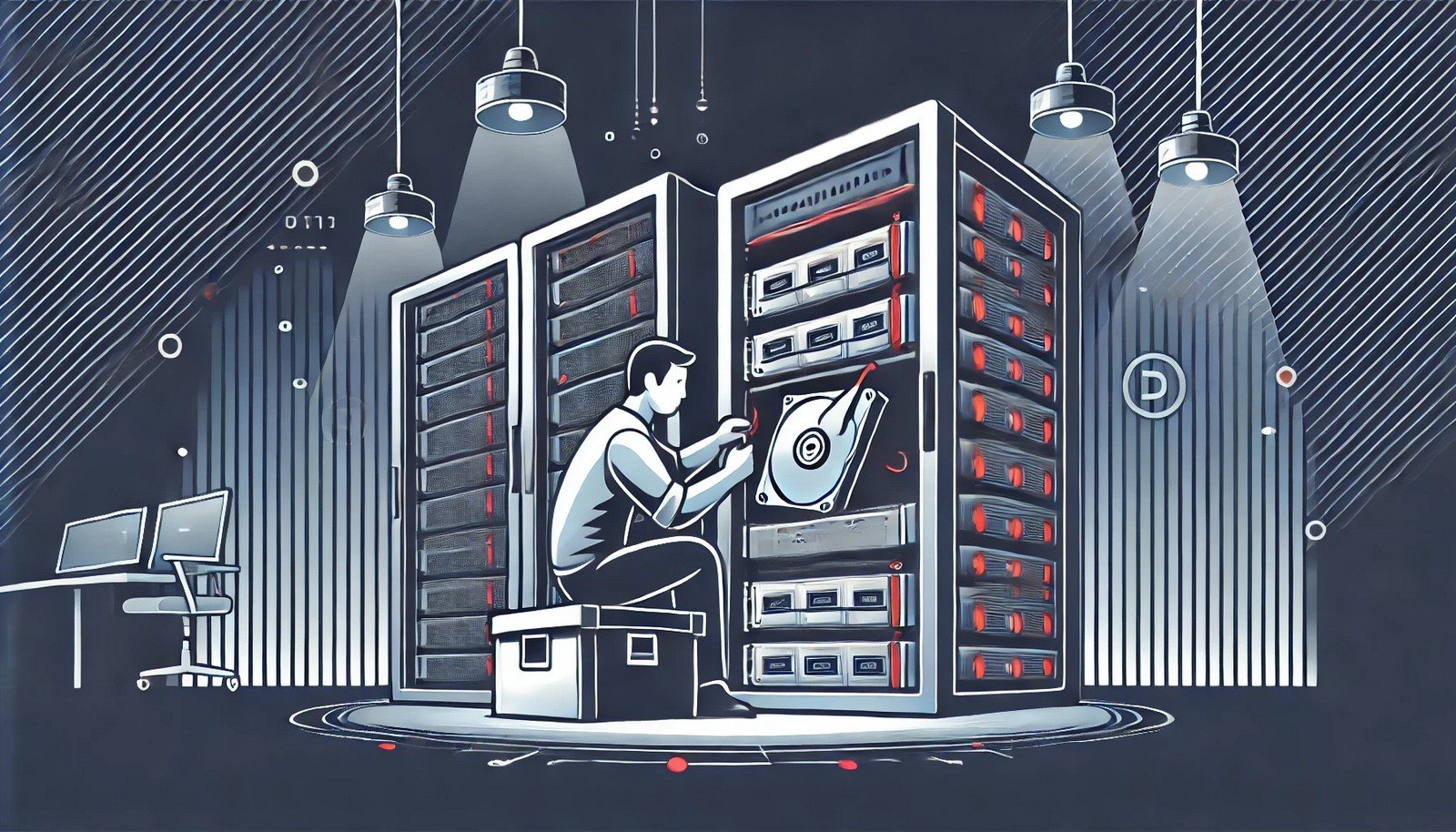Hot Swapping
 (Representational Image | Source: Dall-E)
(Representational Image | Source: Dall-E)
Quick Navigation:
- Hot Swapping Definition
- Hot Swapping Explained Easy
- Hot Swapping Origin
- Hot Swapping Etymology
- Hot Swapping Usage Trends
- Hot Swapping Usage
- Hot Swapping Examples in Context
- Hot Swapping FAQ
- Hot Swapping Related Words
Hot Swapping Definition
Hot swapping refers to the process of replacing or adding components to a computer or other electronic system without shutting it down. This feature is commonly found in data centers, networking devices, and consumer electronics like external hard drives. It enables seamless maintenance, reducing downtime and enhancing system reliability. Typical hot-swappable components include hard drives, RAM modules, power supplies, and USB devices.
Hot Swapping Explained Easy
Imagine you are playing a video game and your controller runs out of battery. Instead of turning off the console, you swap in new batteries while the game keeps running. Hot swapping works the same way—it lets you replace computer parts without shutting everything down.
Hot Swapping Origin
The concept of hot swapping originated in high-availability computing systems, where continuous operation is essential. Early implementations were seen in mainframes and enterprise-grade storage systems during the 1980s, ensuring that hardware failures wouldn’t lead to system downtime.
Hot Swapping Etymology
The term "hot swapping" combines "hot," referring to an active system, and "swapping," which means replacing something with a substitute while maintaining functionality.
Hot Swapping Usage Trends
Hot swapping has become increasingly prevalent with the rise of cloud computing, enterprise storage, and modular computing systems. In modern computing, many external devices, including USB drives, external SSDs, and RAID storage, rely on hot swapping for efficiency and usability. Server environments also benefit from hot-swappable components for minimizing downtime during hardware maintenance.
Hot Swapping Usage
- Formal/Technical Tagging:
- Hardware Maintenance
- Server Management
- Data Storage
- Electronics Design - Typical Collocations:
- "hot-swappable drive"
- "hot swapping enabled"
- "hot-swappable power supply"
- "RAID hot swapping support"
Hot Swapping Examples in Context
- A server administrator replaces a failing hard drive in a RAID array using hot swapping, ensuring no downtime for users.
- A photographer removes a full SD card from a camera and inserts a new one without powering off the device.
- An IT technician swaps out a malfunctioning power supply in a high-availability server while it remains operational.
Hot Swapping FAQ
- What is hot swapping?
Hot swapping allows the replacement of hardware components while the system remains powered on and operational. - What devices support hot swapping?
Many modern servers, storage systems, and external peripherals like USB drives and SSDs support hot swapping. - Is hot swapping the same as plug and play?
Not exactly—plug and play refers to automatic device recognition, while hot swapping means replacing a component without turning off the system. - Can RAM be hot-swapped?
Most consumer PCs do not support RAM hot swapping, but some enterprise-grade systems do. - Is hot swapping safe?
Yes, when performed correctly on supported hardware, hot swapping prevents data loss and avoids system crashes. - How does hot swapping benefit servers?
It reduces downtime by allowing administrators to replace faulty components without shutting down the system. - Do all computers support hot swapping?
No, it depends on the hardware and whether the system is designed to handle component replacements while running. - Can you hot swap a GPU?
Generally, GPUs are not hot-swappable unless in specialized server environments supporting GPU hot swapping. - Does hot swapping work for laptop batteries?
Some older laptops had hot-swappable batteries, but most modern laptops require a shutdown before battery replacement. - Are SSDs hot-swappable?
Many enterprise and high-performance SSDs, especially those in RAID configurations, support hot swapping.
Hot Swapping Related Words
- Categories/Topics:
- Computer Hardware
- IT Infrastructure
- Data Centers
- High-Availability Systems
Did you know?
The earliest use of hot swapping was in mission-critical military and aerospace systems, where hardware failures could not afford to cause operational shutdowns. Today, it is widely used in everything from high-end servers to gaming consoles and external storage devices.
PicDictionary.com is an online dictionary in pictures. If you have questions or suggestions, please reach out to us on WhatsApp or Twitter.Authors | Arjun Vishnu | @ArjunAndVishnu

I am Vishnu. I like AI, Linux, Single Board Computers, and Cloud Computing. I create the web & video content, and I also write for popular websites.
My younger brother, Arjun handles image & video editing. Together, we run a YouTube Channel that's focused on reviewing gadgets and explaining technology.



Comments powered by CComment